Is Federer’s Laver Cup “Bleeding”? Uncovering a $7 Million Loss
Federer continues to be the “heart” of the Laver Cup. Inspired during a taxi ride in China, he envisioned a tennis equivalent of the Ryder Cup to pay tribute to Rod Laver and his era of legends. Federer played in the event and helped create it, and now he is deeply involved behind the scenes—bringing in star players, mentoring athletes, winning over sponsors, and inviting sports celebrities such as Stephen Curry to attend. However, despite his “golden touch,” reports reveal that this grand vision faces setbacks: the Laver Cup is suffering significant financial troubles. The Swiss maestro’s passion project has reached its toughest challenge yet, with its future hanging in the balance.
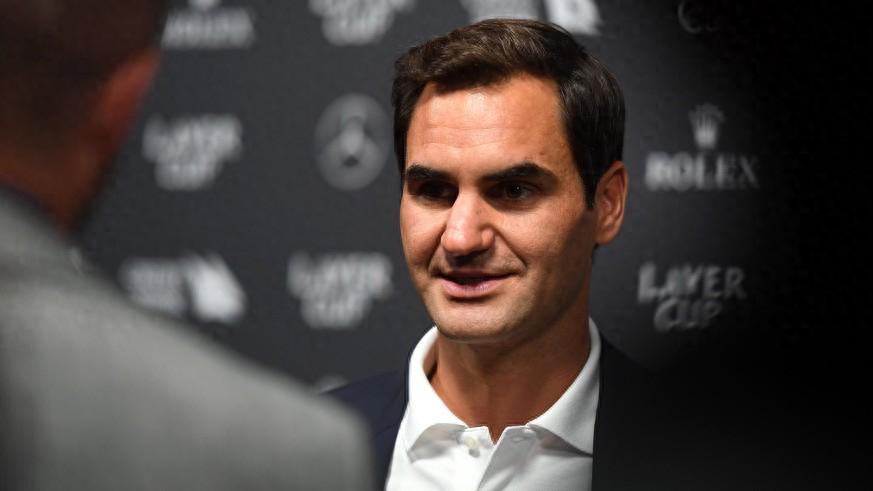
Federer now lives the life he once dreamed of—away from the rigors of the ATP tour but still deeply rooted in the tennis world. One day, he celebrated in Basel with his twin sons as their hometown team Basel defeated Lucerne 4-0 to claim the Swiss championship. The next day, he flew to Paris, sitting courtside at the Philippe-Chatrier stadium to witness a heartfelt tribute to his rival Nadal. Though no longer competing with a racket in hand, Federer’s life remains closely intertwined with tennis.
Yet in one area, cracks are appearing in the dream: the Laver Cup, Federer’s passionate creation, has been operated since 2017 by Trident 8 (a UK subsidiary of Team8 Global, co-founded by Federer himself). The event’s format mimics the “Ryder Cup” in tennis, pitting Team Europe against the World Team, aiming to deliver an unprecedented tennis spectacle. Over the years, it has indeed achieved this.
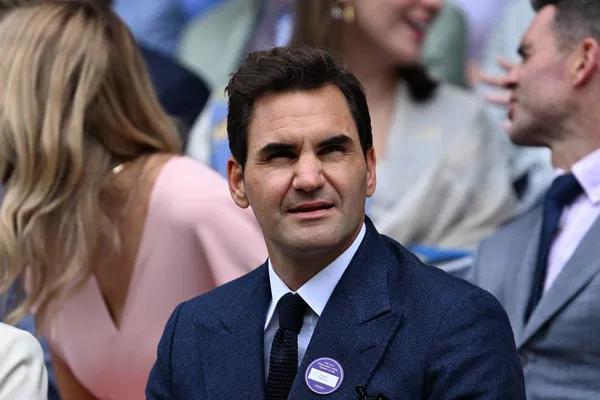
The Laver Cup’s financial foundation is strong: supported by Tennis Australia and the U.S. Tennis Association, billionaire Jorge Paulo Lemann, and a sponsor lineup closely aligned with Federer’s personal brand—Rolex, UBS, Mercedes-Benz, Moët & Chandon, Uniqlo, and On. Federer is not only the face of the event but its soul. Even after retirement, he remained one of the highest-earning athletes globally, with annual earnings reaching $95 million. That year, the Laver Cup reflected this brilliance: generating $38.3 million in revenue, including $23.6 million from ticket sales, and a net profit of $4.7 million.
However, recent years have seen a dramatic shift. The event has posted seven-figure losses for two consecutive years, raising concerns about its financial health. The 2023 Vancouver edition lost $2.4 million; in 2024, although the books balanced on paper, this was only due to “non-event income,” reportedly cash injections, possibly from Federer himself, covering nearly $2 million in operating deficits.
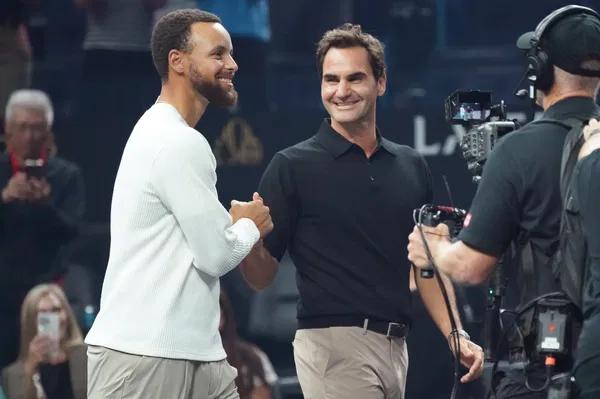
The cause is clear: sharply reduced revenues, especially from ticket sales, which dropped from $23.6 million to $16.8 million, while merchandise sales fell from $2.5 million to $1.3 million. These figures clearly demonstrate the event’s dependence on Federer’s personal appeal. Yet an even bigger issue is soaring costs. Since 2021, expenses have risen by £9.4 million, driven by the event’s touring model that changes cities annually. Different venue capacities, unpredictable logistics, and rising operational costs have pushed expenditures ever higher.
This year’s San Francisco edition is seen as a critical moment, with organizers hoping to reverse losses and even achieve what they call a “historic profit.”
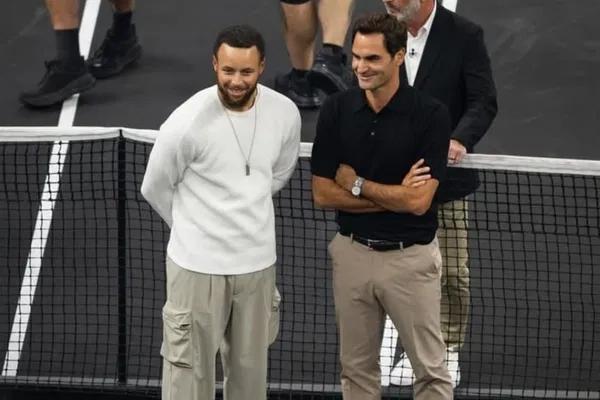
To this end, the strategy is clear: double down on ticket revenue. But prices are staggering—lower-tier seats range from $1,150 to $3,150 (excluding fees), upper-tier tickets cost between $250 and $900, with additional fees on top. Packages also include luxury hotel stays with Bay Area views and private lounges at the Chase Center. While a premium experience, it may exclude regular fans; this high-stakes gamble could determine the event’s future.
Another challenge lies in the player lineup. The Laver Cup was once highly anticipated because fans could see Federer, Nadal, Djokovic, or Murray play together, but that era has ended. Nadal and Murray have retired, and 38-year-old Djokovic is almost unwilling to participate. The absence of the “Big Four” has diminished the event’s allure, forcing it to prove its competitive value on its own.
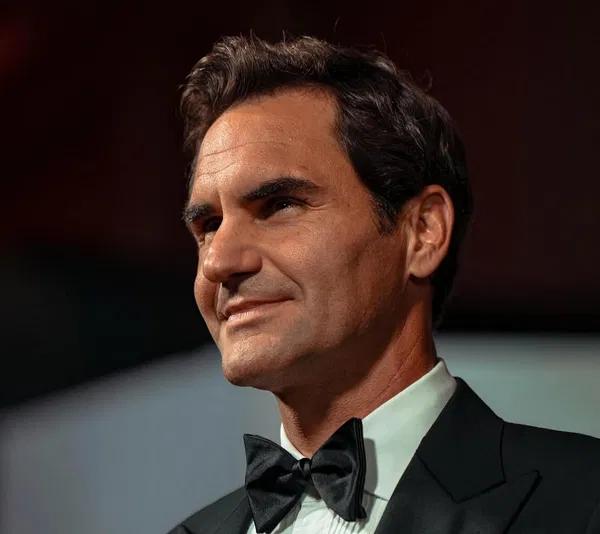
Nevertheless, Trident 8 still holds $20.2 million in reserves, providing a buffer to help the event weather difficulties. But even with this safety net, the message is clear: the Laver Cup must reinvent itself to survive in a future “without Federer’s glow.”
So, where is the Laver Cup headed? For Federer, it is more than just a tournament—it is a gift to tennis, a living legacy he hopes will endure. Undoubtedly, the Laver Cup is entering a decisive chapter, and as its creator, Federer understands that the coming years will determine whether it becomes a lasting monument or gradually fades into memory.(Source: Tennis Home, Author: Spark)







 Links
Links
 Contact
Contact
 App
App


